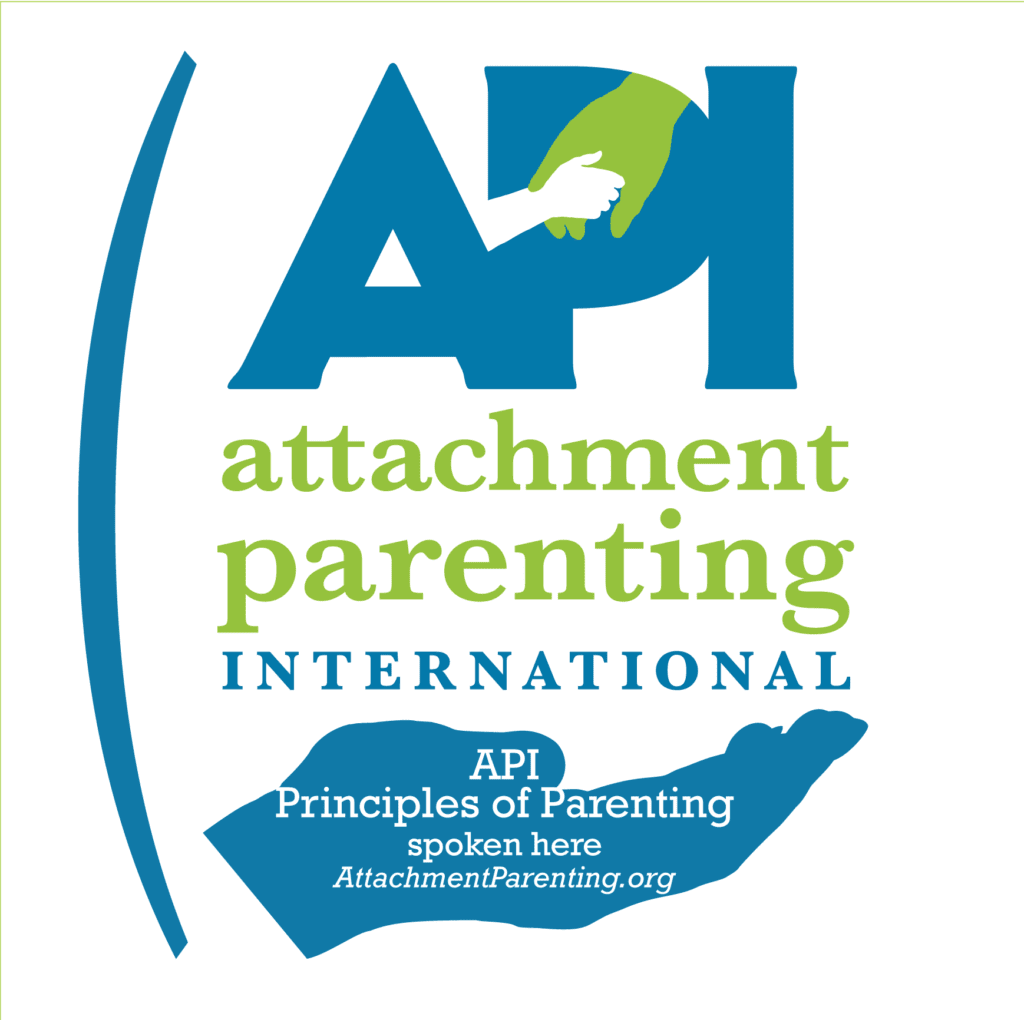I love this question because I picture the person who sent it to me kind of throwing their hands up in the air like, “What on earth can you do with a 4-year old who might have anxiety?” But I think that they’re asking a couple of things here, which is how can you tell if they have anxiety — there’s that might there in the question — and what can you do if they do have anxiety.
Now remember on the very first episode we talked about how to tell if a child has anxiety and we talked about looking for behavior that is not developmentally appropriate. That’s a little tougher with a 4-year old because they’re growing out of some toddler/preschool anxieties like being away from caregivers and being afraid of the dark and growing into some bigger kid anxieties like robbers and fires.
As an aside, I get a lot of calls about 5-year olds because a 4-year old who struggles to leave a parent doesn’t ring quite the same alarm bells as when that child is 5. I mean, it’s not uncommon to have a kindergartener who has trouble leaving mom in the morning but we start seeing that as more of an issue when they hit that age. Even though 5 is a nervous age, generally speaking. As kids start to become more aware of the great big world beyond them, they do tend to get more anxious. 4 and 5 year olds tend to be deep thought ages, when kids start asking about where babies come from and what happens when we die and other big philosophical questions.
Ok but back to how do we know if a 4-year old is anxious and I guess I’d say that we don’t have to know if a child qualifies for a diagnosis to get better at supporting them. Because anxiety doesn’t have to be at clinical levels to deserve our attention, right? Right.
So let’s talk about that.
This seems like a good time to talk about the slow to warm temperament. Now I have a whole course on temperament in the Child Anxiety Support membership because I think it gives us so much insight not just into our child but into ourselves and the rest of the family. I have a whole activity in there around that and it’s always illuminating. Anyway, back to the slow to warm temperament. This is also called High Withdrawal. Temperament exists on a continuum and this particular continuum goes from High Approach to High Withdrawal.
I’m a Slow to Warm person myself and I have a kid who’s Slow to Warm and I can tell you that it can be frustrating for everyone, including the child themselves.
The Slow to Warm child is not necessarily anxious; they just need to come to things on their own time. They like to stand back on the sidelines and observe what’s going for awhile before they join in. The more you pressure them, the more resistant they become because they need to do things on their own terms. This can look like anxiety but it isn’t. You can tell the difference because an anxious child will never join in — even if they want to — and a slow to warm child will join in eventually if left to themselves. Occasionally I’ll meet with a family who is reporting their child has anxiety but when I sit down to assess the child what I see is a Slow to Warm child in a High Approach family. The family needs to learn how to be more patient, which isn’t easy especially if there are other kids in the family who are raring to go and the slow to warm child is holding everyone up. (This was me in my family and only when I had my own slow to warm kids did I understand why this was frustrating for my parents.)
So the anxious 4-year old may be anxious but they also may be slow to warm so what we need to do in both cases, is continues to offer opportunity to face those uncomfortable things and to stay neutral about how quickly or how deeply they are willing to engage with whatever they’re facing.
Remember the key to anxiety is confronting the things that make us anxious. That’s true for all ages, not just 4-year olds. As parents that means that we validate their feeling without validating their fears. What I mean is we say, “I understand you are scared” and “but I know you can do it.” And then we sit with them while they sit with that.
We’re teaching kids to be brave and you can’t be brave unless you’re scared. There is no brave without fear.
Because we are fans of brave, we need to also give fear respect but not power. That is to say, all feelings are valid but they don’t necessarily get to drive the bus.
If you’re concerned that your 4-year old is anxious, first I encourage you to check and see if the Slow to Warm Temperament is at play and if so, try to slow things down. Their anxiety might have more to do with feeling pressured or worried that they’ll get left behind. I remember feeling panicked that I would miss out because I wasn’t quite ready. You know, like I want to do the thing but just not quite yet and so I’d meltdown about it. Like I said, that wasn’t easy for my parents.
If it isn’t slow to warm, if it’s a child who is genuinely afraid, that gets more complicated and I’m gonna say maybe check out my membership for the whole spiel and personalized help but generally, find ways to continue to give them opportunity to face those fears with your loving support.



